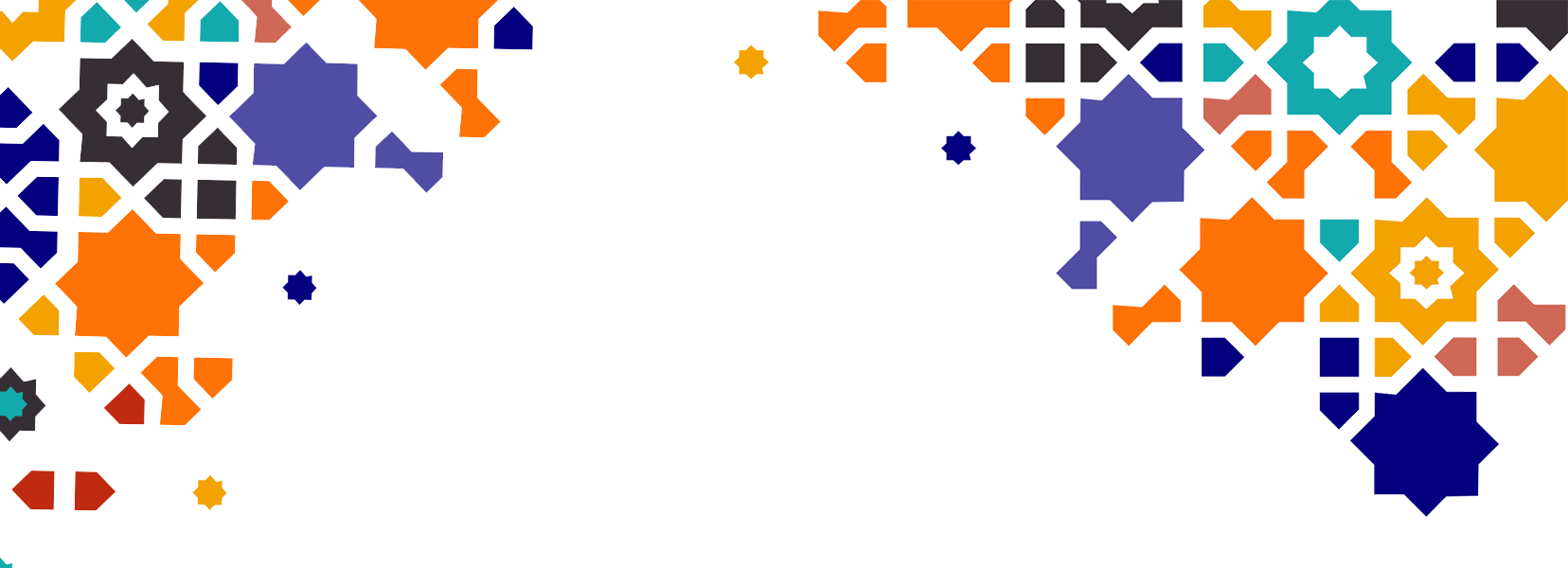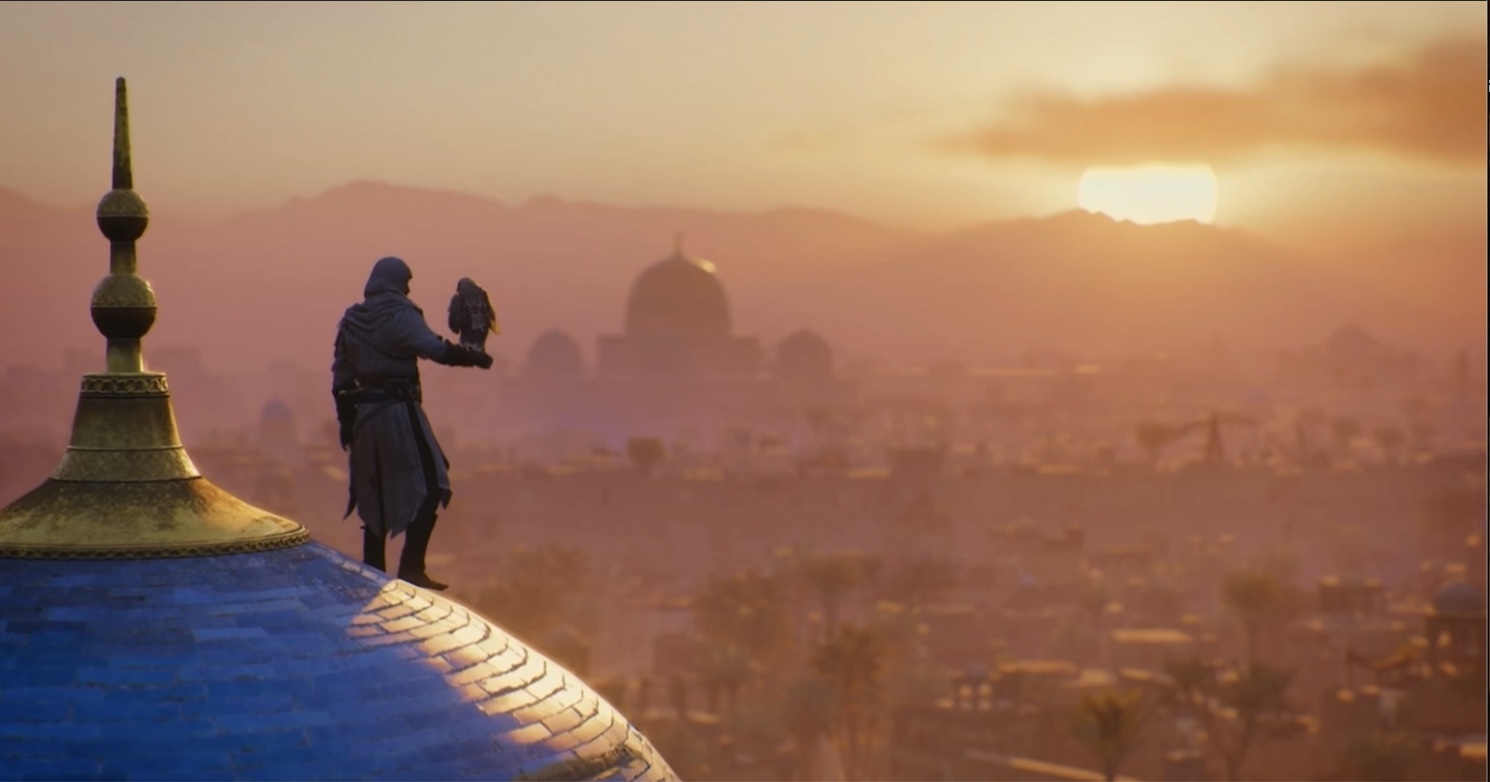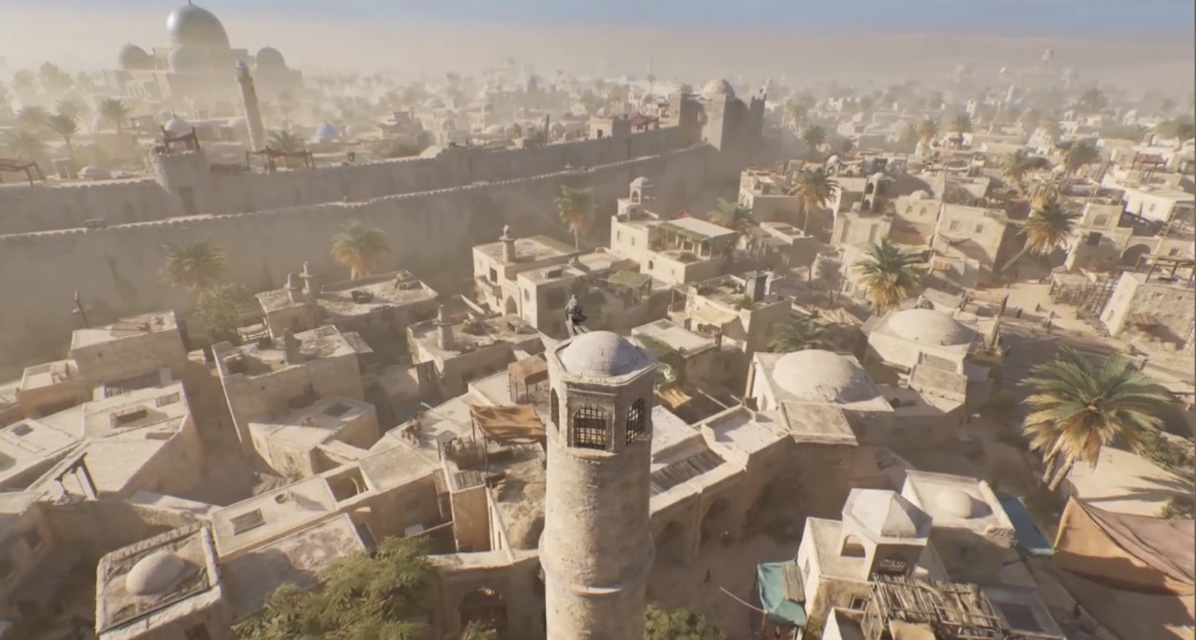
Baghdad in the 9th Century: When Assassin’s Creed Reconnects with History, Pixel by Pixel

A Faithfully Reconstructed Historical Context
The game transports players to 9th-century Baghdad, specifically to the year 861, which was the peak of the Abbasid Caliphate — one of the most brilliant periods in Arab-Muslim history. This era was marked by intellectual, scientific and political effervescence, but was also fraught with social uprisings, power struggles within the caliphate and religious conflicts.
Among its major historical references, Assassin's Creed Mirage sheds light on the House of Wisdom (Bayt al-Hikma), which players can explore in the game. A true centre of translation and knowledge, the House of Wisdom symbolises the scientific openness of the caliphate. Greek, Persian and Indian texts were translated into Arabic and enriched by scholars. The game pays tribute to this tradition through dialogue inspired by intellectuals such as Al-Jahiz and Al-Kindi.
The political backdrop is also present, with several side quests and conversations addressing real historical events, such as the Zanj Rebellions — an uprising of Black slaves in southern Iraq — and the internal conflicts between Turkish military forces and the Abbasid elite. These elements ground Mirage in a vivid and rigorous reconstruction that is firmly rooted in history.
An Immersive Atmosphere and a Multicultural City
The Baghdad of Mirage is more than just a backdrop; it is an authentic digital reconstruction, created with the help of historians and Islamic civilisation experts. Drawing inspiration from the Round City, which was founded in 762 by Caliph Al-Mansur, the game faithfully recreates the city's narrow alleyways, bustling souks, hammams, minarets and caravans, offering players a striking sense of immersion.
Baghdad is depicted in all its diversity: Muslims, Christians, Jews and Zoroastrians coexist as they did at that time. The souks reflect this cultural diversity, blending languages, clothing styles, and religious practices. Rugs, storytellers, scholars and beggars bring the city to life.
Recreating the city required significant effort; the developers relied on ancient texts, maps, manuscripts and archives, as the original Round City was destroyed by the Mongols in the 13th century. This meticulous approach gives the game a unique educational dimension in the world of video games.

A Mirror Between Past and Present: A Message of Hope for Coexistence
By meticulously recreating 9th-century Baghdad, Assassin’s Creed Mirage provides players with more than just historical immersion; it serves as a reminder that the Middle East was once a place of coexistence and cultural and religious exchange, where diverse communities lived together and shared knowledge and traditions. This portrayal of a vibrant, multicultural city contrasts with the conflicts and divisions that still plague the region today.
By doing so, the game encourages players to reflect on the value of intercultural dialogue and the importance of preserving this legacy of tolerance in the contemporary world. Through this work, Ubisoft achieves more than mere entertainment; it promotes a pluralistic memory and carries a message of hope in the face of today's fractures.
A Videogame Tribute to a Brilliant Civilization
Assassin's Creed Mirage serves as a bridge between the past and the present, and between memory and imagination. It treats Islamic culture with respect, moving far beyond the stereotypes often seen in Western media. Many historians have praised the game for the quality of its reconstruction, its grounding in the architectural and political realities of Baghdad, and its ability to recount history accurately.
Finally, Mirage strengthens the narrative unity of the saga by forming a strong connection with the original game released in 2007. It is more than just a tribute — it is an essential part of understanding the Assassin's Creed universe and a powerful testament to the educational potential of video games about the history of the Middle East.

